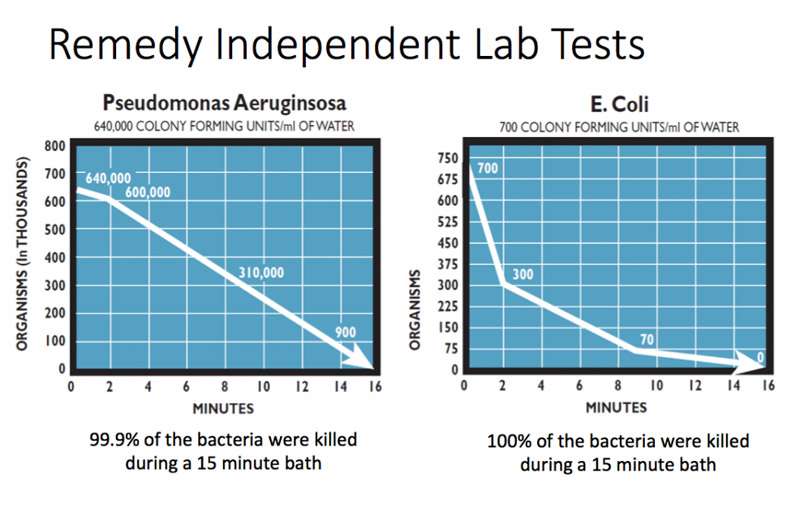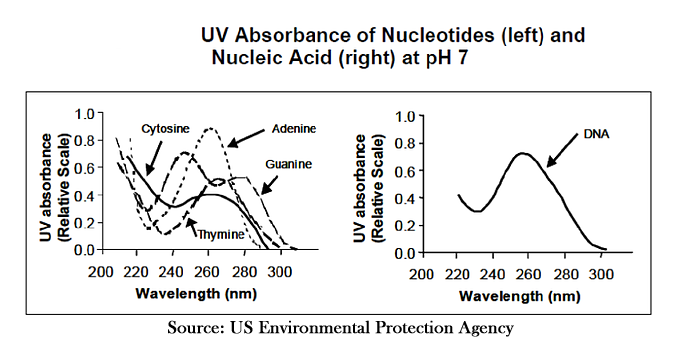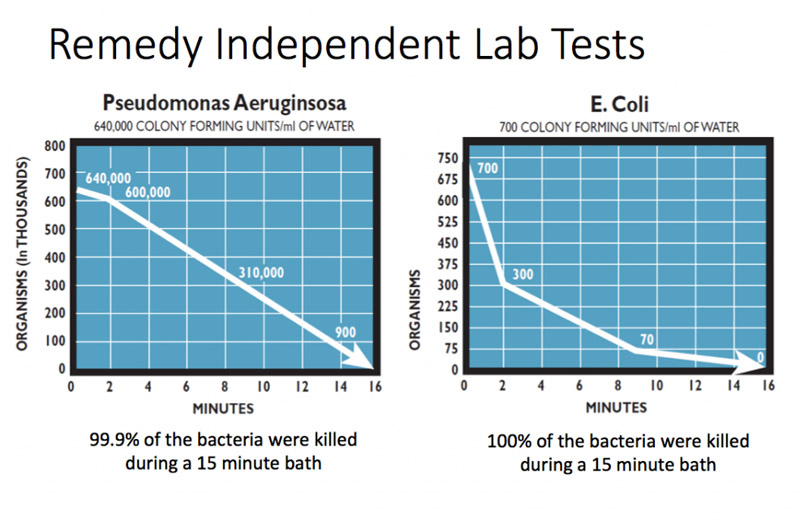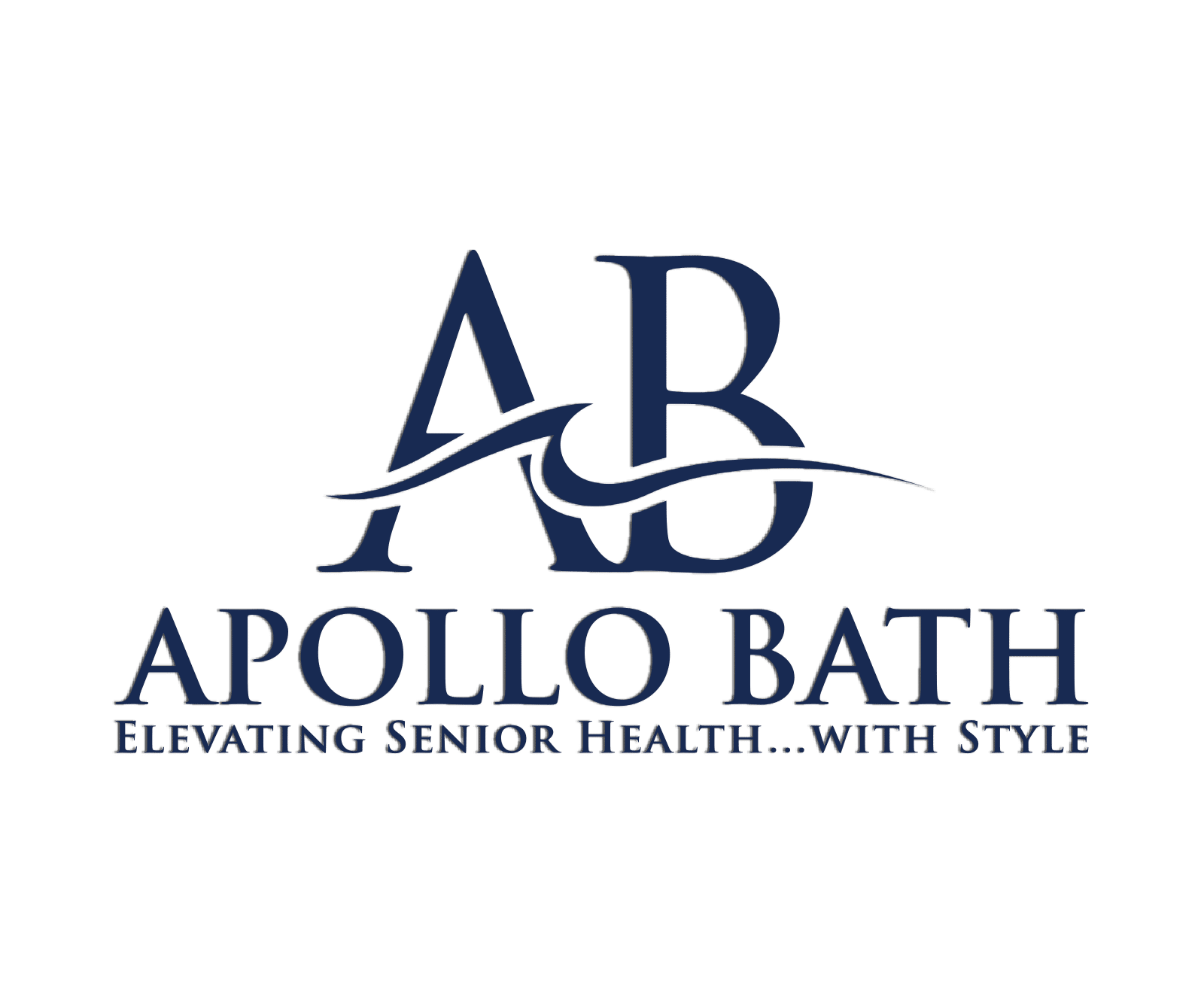How Ultraviolet Light Kills Pathogens

Germicidal ultraviolet light (UV-C) is a proven technology that’s been used in commercial and medical applications for decades. The EPA2 describes UV water treatment as follows:
- “UV disinfection is an established technology supported by decades of fundamental and applied research and practice in North America and Europe.”
- “UV light inactivates microorganisms by damaging their nucleic acid, thereby preventing them from replicating. A microorganism that cannot replicate cannot infect a host.

UV-C light is a broad-spectrum germicide, killing infectious bacteria, viruses, yeasts, molds, and other pathogens during the bath. It is able to kill highly virulent as well as drug-resistant pathogens including Legionella, MRSA, C-diff, and VRE. (See the side-bar for a CDC-cited study on the effectiveness of UV light in controlling Legionella in a hospital’s water source.) Ultraviolet bath water treatment will not cure someone with an infection, nor is it 100% effective in preventing transmission and self-infection. What it does provide is a dramatic reduction in the levels of pathogens in bathwater, including pathogens left by inadequate surface disinfection or in impure tap water and the most significant source of bathwater pathogens – the resident being bathed. With that reduction in bathwater pathogens, you will see a documentable reduction in resident infection rates. The Remedy water purifier has been clinically proven to reduce UTIs by 50% and Respiratory Infections by 35%.
See the results from an independent lab test of the Remedy UV System at reducing levels of Pseudomonas A. and E. Coli below:

